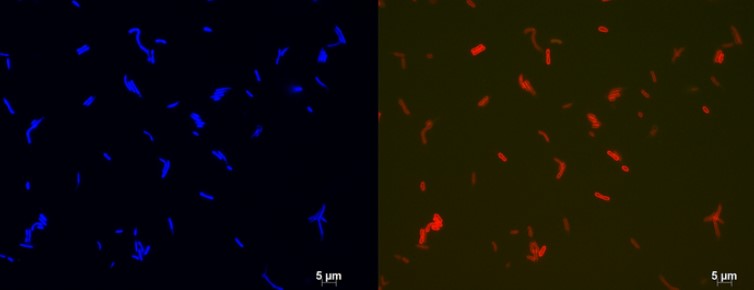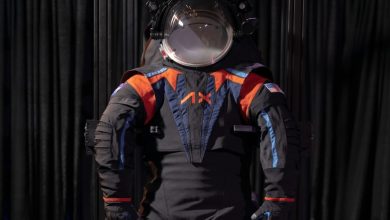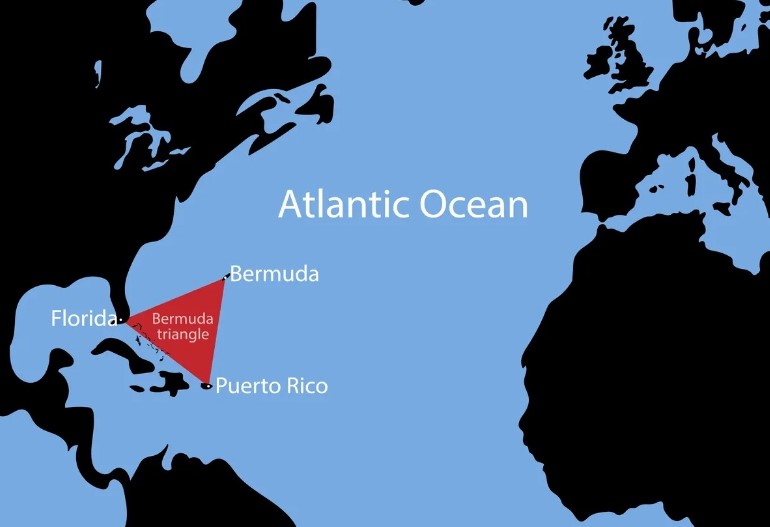Climate change, predictions thanks to bacteria

Climate change, predictions thanks to bacteria.
A Dutch study focuses on the use of fossils, made up of the lipid membranes of bacteria, to understand their evolution.
Microbe membranes are made up of lipids (fat molecules) that can be preserved as fossils and tell us stories of how these microbes lived in the past. “Certain microbial lipids are widely used to reconstruct past climate. They have always been surrounded by mystery, as we did not know which microbes produce them and under what conditions. This lack of information limits the predictive power of these molecules to reconstruct past environmental conditions,” explains Dr. Diana Sahonero. Now, her study shows which bacteria produce these lipids and also how their lipid membranes have evolved to adapt to environmental changes – another step towards reconstructing and predicting climate change in more detail.
Climate reconstructions
Lipids, the molecular building blocks of the cell membrane, are unique to each microbial species. “They work like fingerprints , they can be used to identify microbial remains,” explains Laura Villanueva, a professor at Utrecht University’s Faculty of Geosciences. Microbe lipid fossils can be found in old sediments. Once these molecules from the past are separated, identified and related to groups of currently living bacteria , the lipids can function as “biomarkers”. These markers can tell us what Earth’s atmospheric and oceanic conditions were like, because we know from living ‘relatives’ of microbes how they interact with their environment.
For a long time, it was unclear which bacteria produced these specific lipids, called dialkyl glycerol branched tetraethers (GDGT) . This type of lipid is often used in climate reconstructions. Diana and her colleagues have finally discovered the bacteria that form these lipids. “It was like looking for a needle in a haystack,” Sahoreno says. “From the beginning we knew we had to answer this question with a massive approach. We needed to study more than 1,850 proteins to identify the microbes that produce these lipid molecules.”
Once researchers know which currently living bacteria produce these lipid molecules, they can be used to make more accurate climate reconstructions. Researchers can measure the interactions of these living bacteria with seawater or the surrounding atmosphere. This information generates “ proxies ”, ie keys for correlating details of lipid molecules (for example abundance) to environmental values. This is an important step in reconstructing past environmental and climatic conditions, based on old sediment samples.
“Our study indicates that there are many currently living species of bacteria capable of producing this type of membrane lipid. Furthermore, we found that these bacteria are all restricted to environments where oxygen is absent,” Sahonero explains. “This study of archaic lipids from bacteria shows how this group of microbes that produce them evolved their own lipid membrane billions of years ago. It’s great to be able to get a glimpse into this part of life’s history. So far it was mostly a mystery.”



